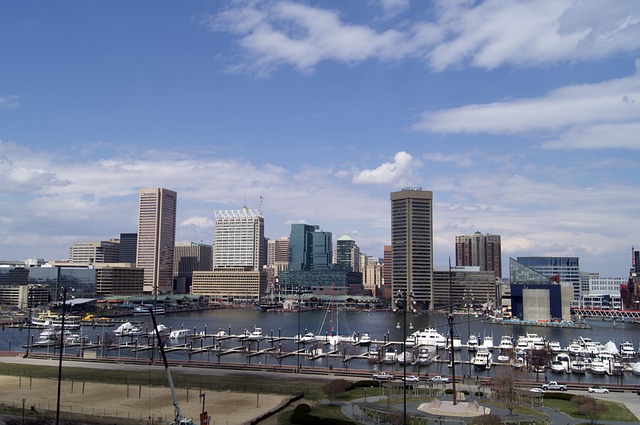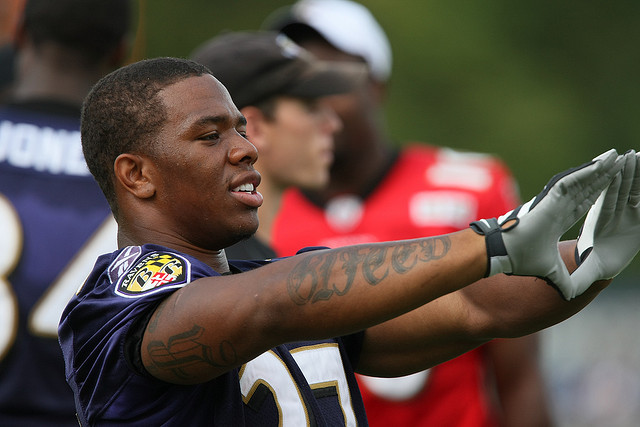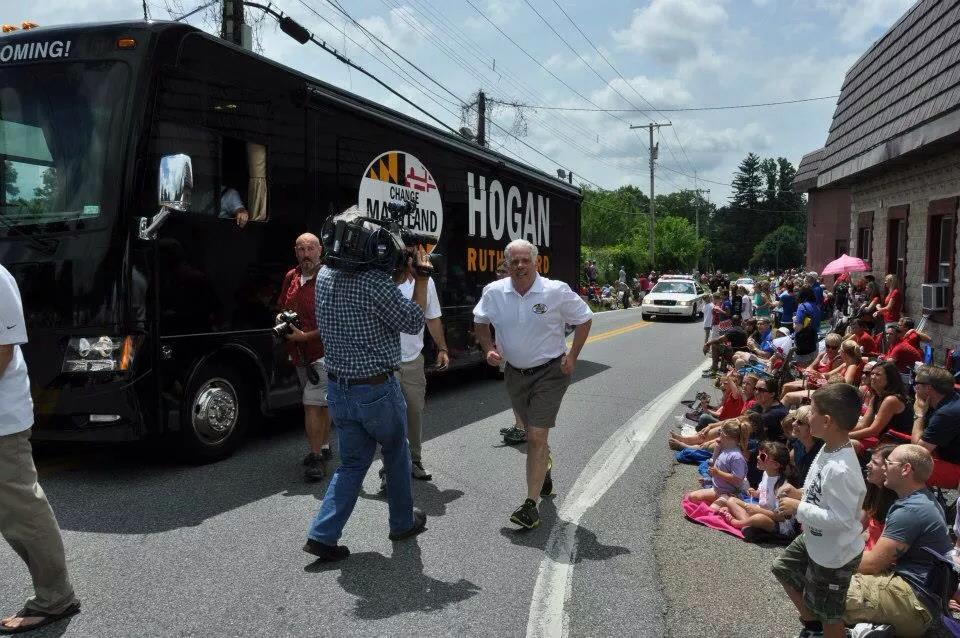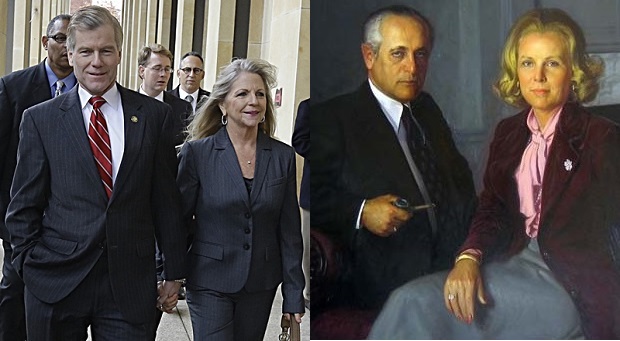You got a fast car
I want a ticket to anywhere
Maybe we make a deal
With these words, Tracy Chapman begins her classic “Fast Car”, a song that I have always considered to be the anthem of American poverty. The song speaks to the plight of a working-class woman who spends her days working at a convenience store and dreams of building a big house in the suburbs. For many working-class Baltimoreans, Chapman’s lyrics are haunting. With underperforming schools, rising poverty, and a homicide rate for 2022 now well past 300 for the 8th straight year, many of us seek immediate relief through ambitious policies and politicians. But the sad history of our city shows us that we have been promised a slew of fast cars, which on the surface appear to be game changers, but ultimately resulted in little-to-no gains for most Black Baltimoreans.
The Fast Cars of Yesteryear
In my lifetime, Baltimoreans have experienced waves of enthusiasm following the announcements of major developments. In the 1970s, there was the establishment of the Baltimore Metro SubwayLink. When the Baltimore Metro Subway opened in November 1983, only the “Northwest” line of the 1965 plan had come to fruition. This 7.6 mile segment provided service between Charles Center in Downtown Baltimore and Reisterstown Plaza in the northwest section of the city. Many in my family joked that the new subway connected Africa (predominantly Black downtown) to Israel (predominantly Jewish Northwest Baltimore). And like many Black families, we cheered on the development of the subway and with Susan B Anthony dollar coins in hand, we hopped on and off its short stretch of the city. Subsequent extensions to Owings Mills made us think that there would be a new wave of economic development for West Baltimore.
Delayed Optimism, Persistent Poverty
But sadly, economic development never came. Joblessness combined with the crack cocaine epidemic and rising crime presented a gloomy outlook for West Baltimore. In 1985, then Representative Parren Mitchell of Baltimore initiated a campaign that boldly declared, “Us killing us equals genocide.” Their stickers and signs were all over West Baltimore as a reminder of the sobering realities for West Baltimoreans. A few years after Representative Mitchell’s initiative, then-Mayor Kurt Schmoke appealed to Baltimoreans to work with police and take back the streets. But the bullets never stopped, the jobs never came, and hopelessness only grew.
The same was true with downtown developments such as the Maryland Science Center (which opened in 1976), Harborplace (which opened in 1980), the National Aquarium in Baltimore (which opened in 1981) and the Convention Center which opened in 1979 and was expanded in 1997.
Each of these projects cost millions to state and city residents. Initial plans were billed as game changing fast cars that would sweep the entire city from its post-industrial slump. Black families across West Baltimore were left, like Tracy Chapman’s song, to think that we belonged and that we could be someone in our own city. Again, the inequities of the city only grew and aside from a few success stories, most of us remained in the same situation as our parents, if not worse.
The fast cars zoomed past neighborhoods like my childhood homes in Harlem Park and Sandtown-Winchester. We increasingly saw more vacant homes, higher dropout rates, and a vast swath of Baltimore’s Black butterfly be left woefully unprepared for a newer tech-based economy.
Like many of my peers, I pursued a trade and attended Carver Vocational School. Even then, mere survival was the way of life: cash was never plenty and bills were always too much. Instead of remedies, we got even more fast cars: Oriole Park at Camden Yards (1992) and the M&T Bank Stadium (1998). While these projects brought more tourism into the city, there was a general feeling from Black Baltimoreans, particularly those residing in West Baltimore, that such development largely benefitted developers and those who resided in Baltimore’s largely white downtown and Fed Hill areas.
Are Baby Bonds the New Fast Car for Black Baltimoreans?
The new talk of the town is governor-elect Wes Moore’s baby bonds program. Throughout his campaign, Moore pitched the baby bonds program as a way to ensure that infants born in poverty arrive at adulthood in a more equal economic situation as their wealthier peers. With this program, every child born in Medicaid—largely Black and Latino–could get $3,200.
At age 18, account holders could access the funds for allowable uses, such as buying a home or paying for school. The concept seems like a plausible solution to the racial wealth gap, but it comes with an estimated price tag of $100 million per year, according to the Washington Post. Several questions arise:
How sustainable will the program be given economic forecasts for the immediate future? Can we be assured that the program will last the duration of a child’s lifetime? More importantly, will this baby bonds program truly be a solution for deep-seated inequality?
Call me jaded, but I am inclined to think that the baby bonds program is yet another example of the misalignment of economic priorities. We see the same pattern over previous decades: Black Baltimoreans are sold a bill of goods to address persistent poverty; enthusiasm among community leaders is drummed up; policy wonks boast of the vast economic potential of the new program; and an ambitious governor has just won his race.
But realities will soon set in as they have before. And soon, we will find ourselves with a ‘game-changing’ program that fails to deliver due to delineated responsibilities among government agencies, no sustainable financing, and no system for measuring progress. Black Baltimoreans—who are regularly cited as the ‘beneficiaries’ of these ambitious programs—will be left with the same disappointment that has now characterized programs and policies for our city.
Conclusion
At the end of the song, Tracy Chapman’s main character finds herself alone with several kids. The character notes that she’s “got a job that pays all our bills” and orders her partner to “take your fast car and keep on driving.” The same should be said by Black Baltimoreans.
For decades, we fell for the same okie-doke, game-changer programs only to see poverty in our city rise, homicide rates rise, and schools continue to underperform. Our narratives have been routinely used to advance the cause of ambitious policy entrepreneurs—young and hip Martin O’Malley and our newfound Robinhood Wes Moore.
As we enter 2023, it is finally time that we tell the politicians and developers—the so-called game-changers of tomorrow—that if they’re not serious about building wealth in Baltimore’s Black communities or modernizing our schools for a changing economy: Don’t stop in Baltimore, just take your fast cars and keep on driving.







Recent Comments